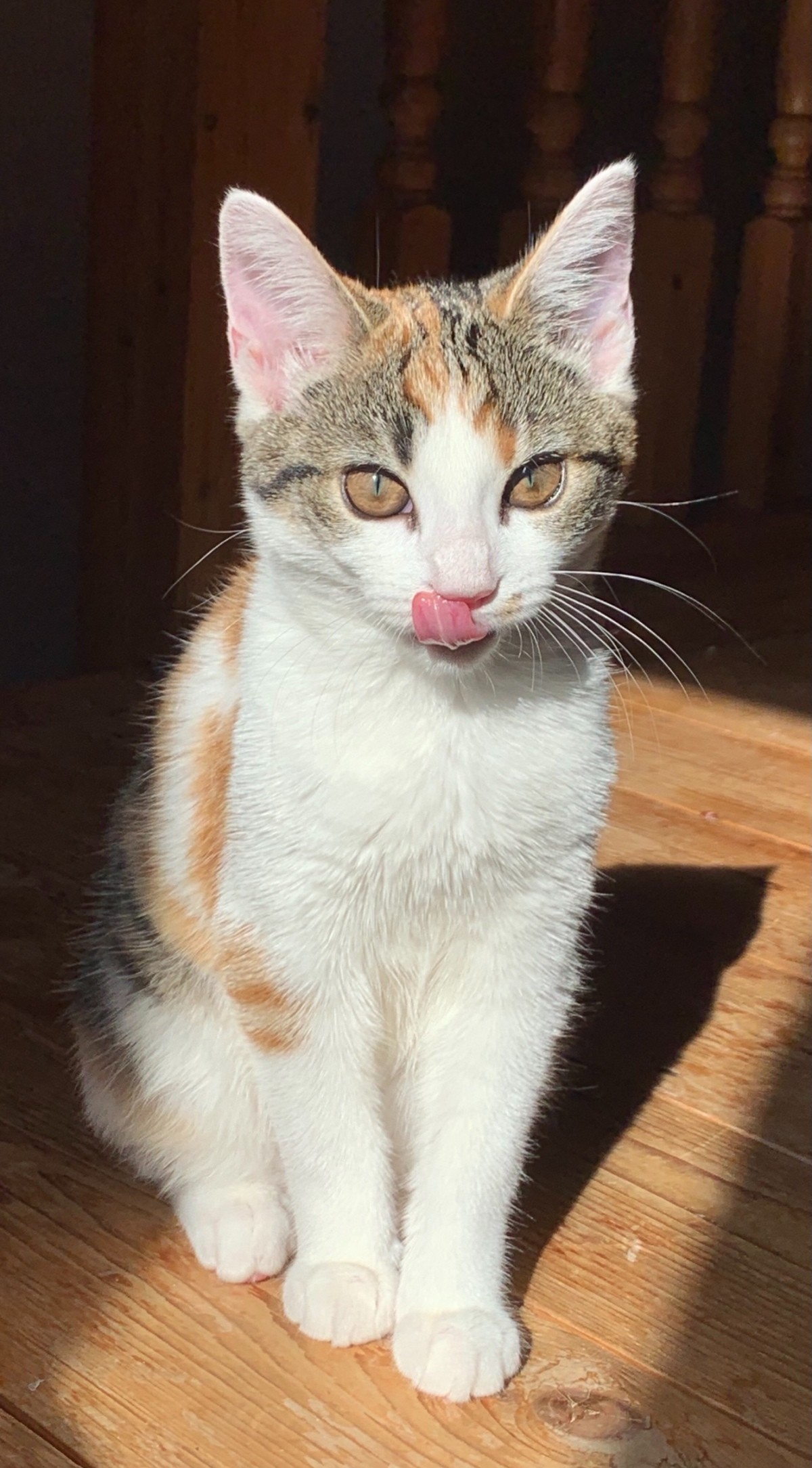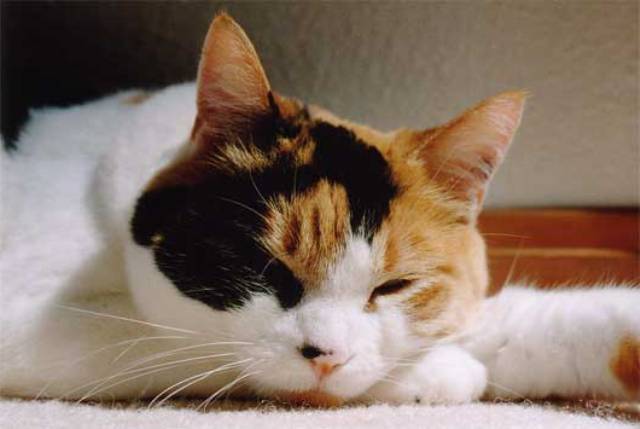

In the province of Quebec, Canada, they are sometimes called chatte d'Espagne (French for '(female) cat of Spain'). However, outside North America, the calico pattern is more commonly called tortoiseshell and white. They are almost exclusively female except under rare genetic conditions.Ĭalico is not to be confused with a tortoiseshell, which has a mostly mottled coat of black/orange or grey/cream with relatively few to no white markings. The calico cat is most commonly thought of as being typically 25% to 75% white with large orange and black patches (or sometimes cream and grey patches, which is called a muted calico) however, the calico cat can have three other colors in its pattern. They often have calcium issues resulting in weakened bone structure, cognitive and developmental issues, and increased body fat.A calico cat is a domestic cat of any breed with a tri-color coat. They are also less healthy than female calicos. These male calicos are almost always sterile and cannot be used to breed more calico patterns. Image Credit: Andriy Blokhin, Shutterstock The condition is not inherited but is instead a random genetic error that occurs after conception. This is characterized by a male cat inheriting an extra X chromosome from their mother or father, resulting in an XXY genetic makeup. So, if male calico cats are technically impossible, how is it that around one in 3,000 calicos is male? There is a genetic anomaly that can rarely occur in male cats, called Klinefelter’s Syndrome, a condition that can occur in humans too. In fact, 99.9% of all calico cats are females.
#Calico cat female code#
Since males can only have one X chromosome that will code for either black or orange and a Y chromosome with no color coding at all, the chances of a calico male are well near impossible. The X chromosome carries the gene for the orange and black colors in a calico’s coat, and since females have XX chromosomes, they can inherit one code for either, an impossibility in the XY chromosomes of males. Male cats have XY sex chromosomes, and females have XX chromosomes, and X chromosomes carry the genes that determine coat colors. Theoretically, male calico cats are almost impossible, and the same goes with tortoiseshell patterning. Why Are Calico Cats Almost Always Female? Image Credit: Andriy Blokhin, ShutterstockĬalico color patterning is not limited to any specific breed but can occur in any cat breed that has a range of color possibilities. There are also “dilute” calicos, consisting of coloring that is primarily white but with small patches of color.Ĭalico cats were named after the calico cloth that was first imported into the United States in the 1970s, with a similar tri-color pattern. White is typically the most prevalent color, usually making up about 75% overall, but this can vary too. A cat with three colors but lacking white is defined as a tortoiseshell cat, and this coloration is often confused with calicos. A calico cat is defined by having three separate, distinct colors in their coat, typically white, black, and red or orange. What Is A Calico Cat? Image Credit: Thomas B, PixabayĬalico is a unique color patterning and not a breed, though it is often mistaken as such.

There are fascinating reasons for this, which we detail here. Calico refers to a color pattern, though, not a breed, and it can occur in many breeds as a part of their breed standard coloring, including the American Shorthair, Maine Coon, Persian, Manx, and British Shorthair.Ĭalico cats are well known for being almost exclusively female, but is this based in fact or just another widespread myth? It turns out that this is 100% true! Except under rare genetic conditions, Calico cats are almost always female. Calico cats are uniquely beautiful felines, with a striking tri-color coat usually made up of white, black, and orange or red.


 0 kommentar(er)
0 kommentar(er)
